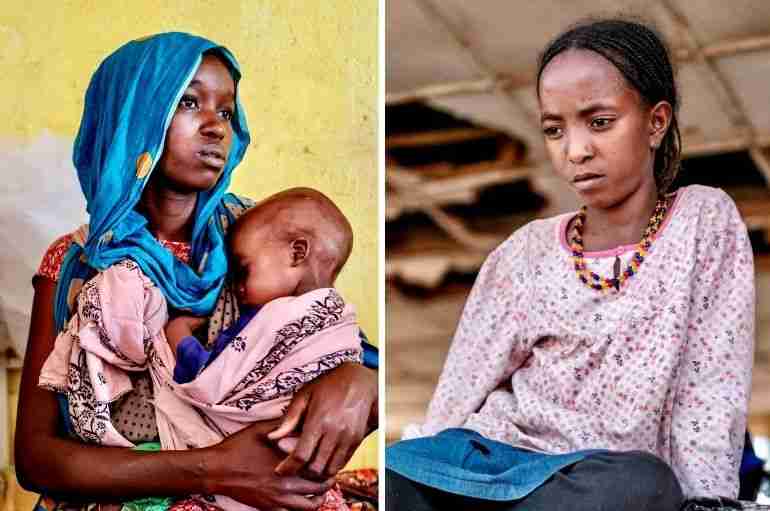At Least 500 People Are Feared Dead In Ethiopia After Two Massive Landslides In Two Days
Authorities say they need to urgently evacuate more than 15,000 people who are at immediate risk due to the threat of further landslides.

Up to 500 people could be dead in Ethiopia following two landslides caused by torrential rains.
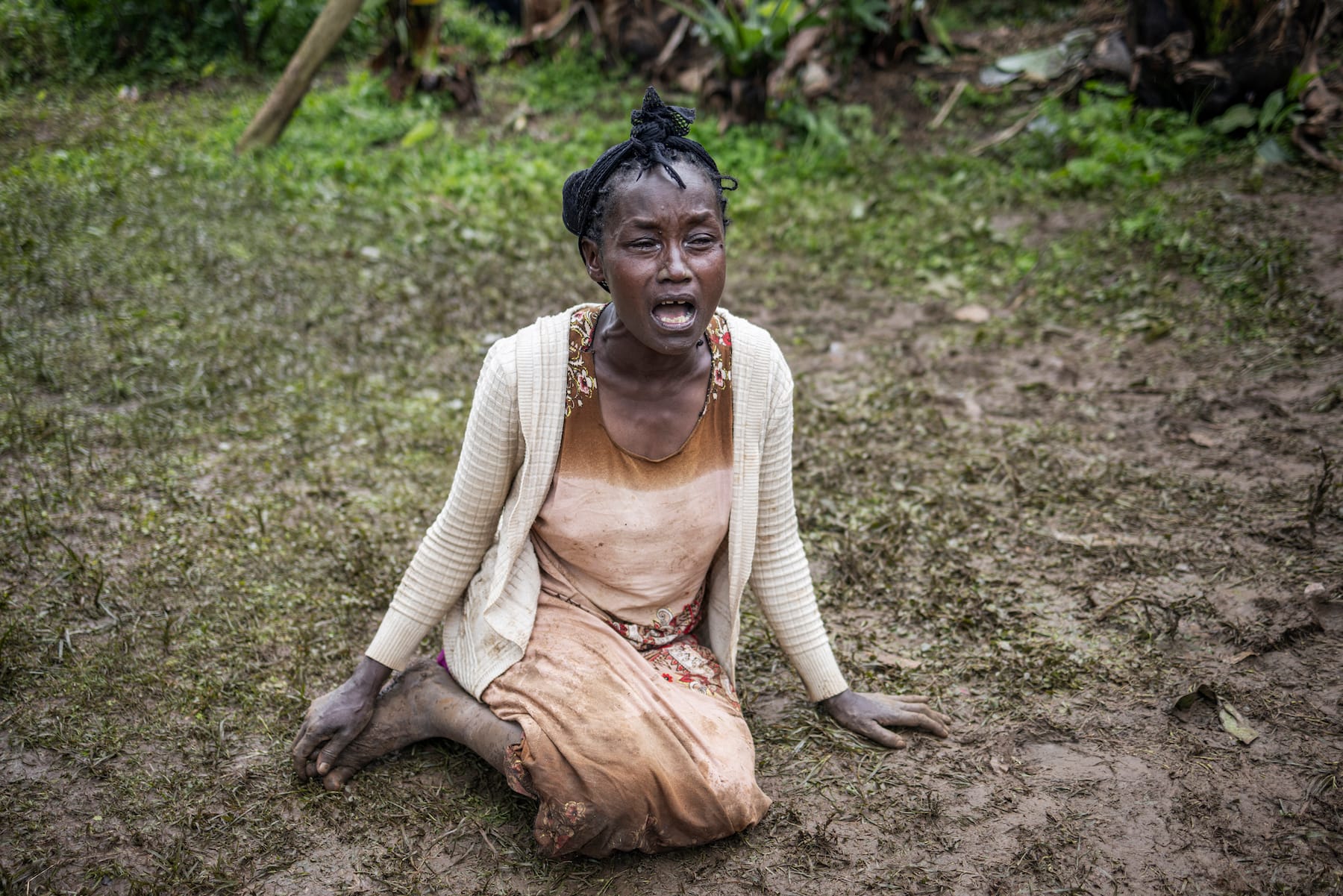
On the night of July 21, heavy rainfall in the hilly and remote Gofa zone of South Ethiopia Regional State triggered a landslide about 480 kilometers from the capital, Addis Ababa.

The next day, a second landslide struck, trapping people who were rescuing victims from the first catastrophe.

As of Tuesday, July 23, Ethiopian officials have reported 229 confirmed deaths, with 226 bodies recovered and 20 still missing.

The devastating landslides displaced nearly 125 people from their homes, and 12 are hospitalized with injuries, according to the UN.
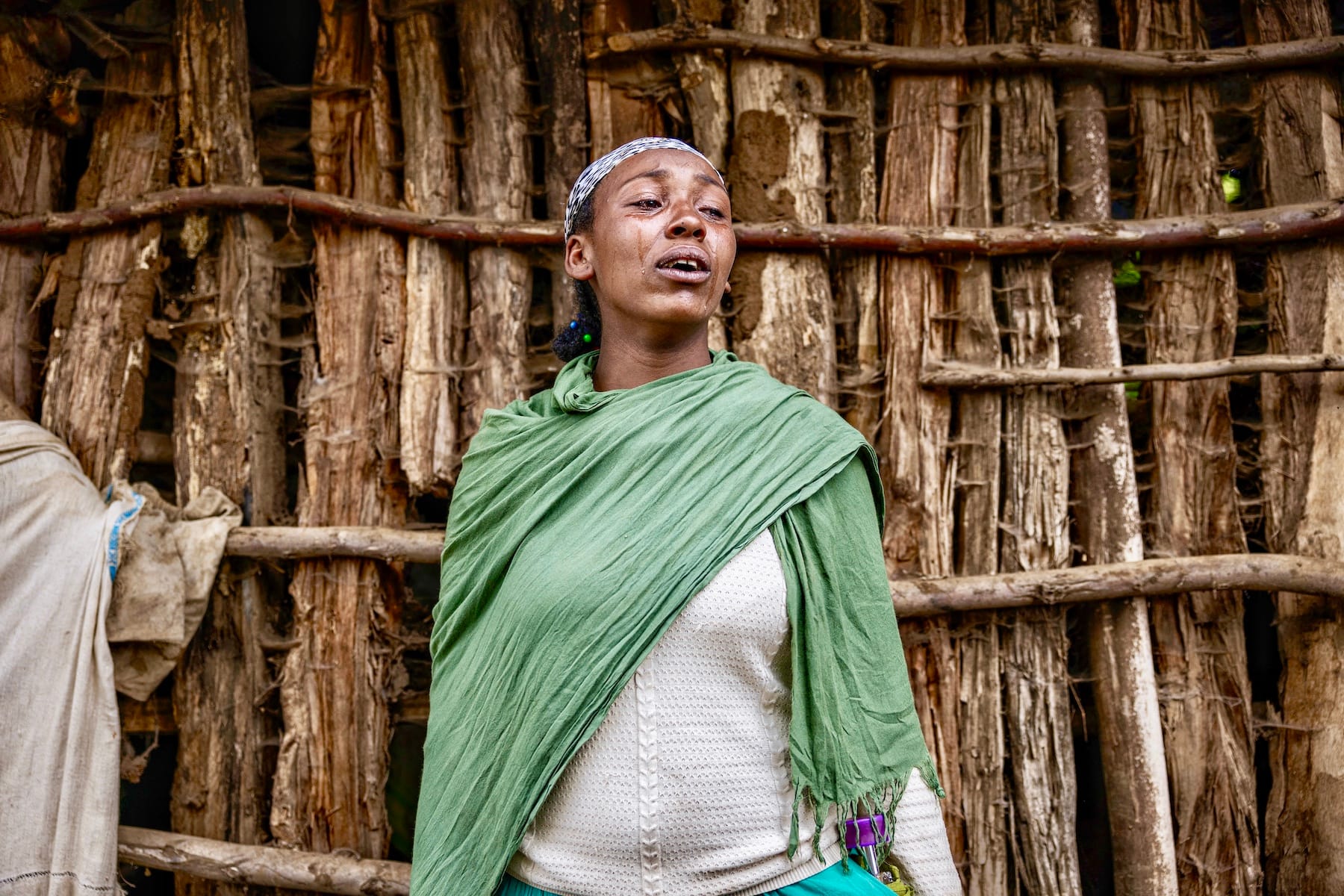
In addition, authorities say they need to urgently evacuate more than 15,000 people who are at immediate risk due to the threat of further landslides.
This includes more than 1,320 children below the age of five, as well as 5,293 pregnant women and new mothers.

Visuals from state media showed hundreds of people at the disaster site, digging through debris with their bare hands.
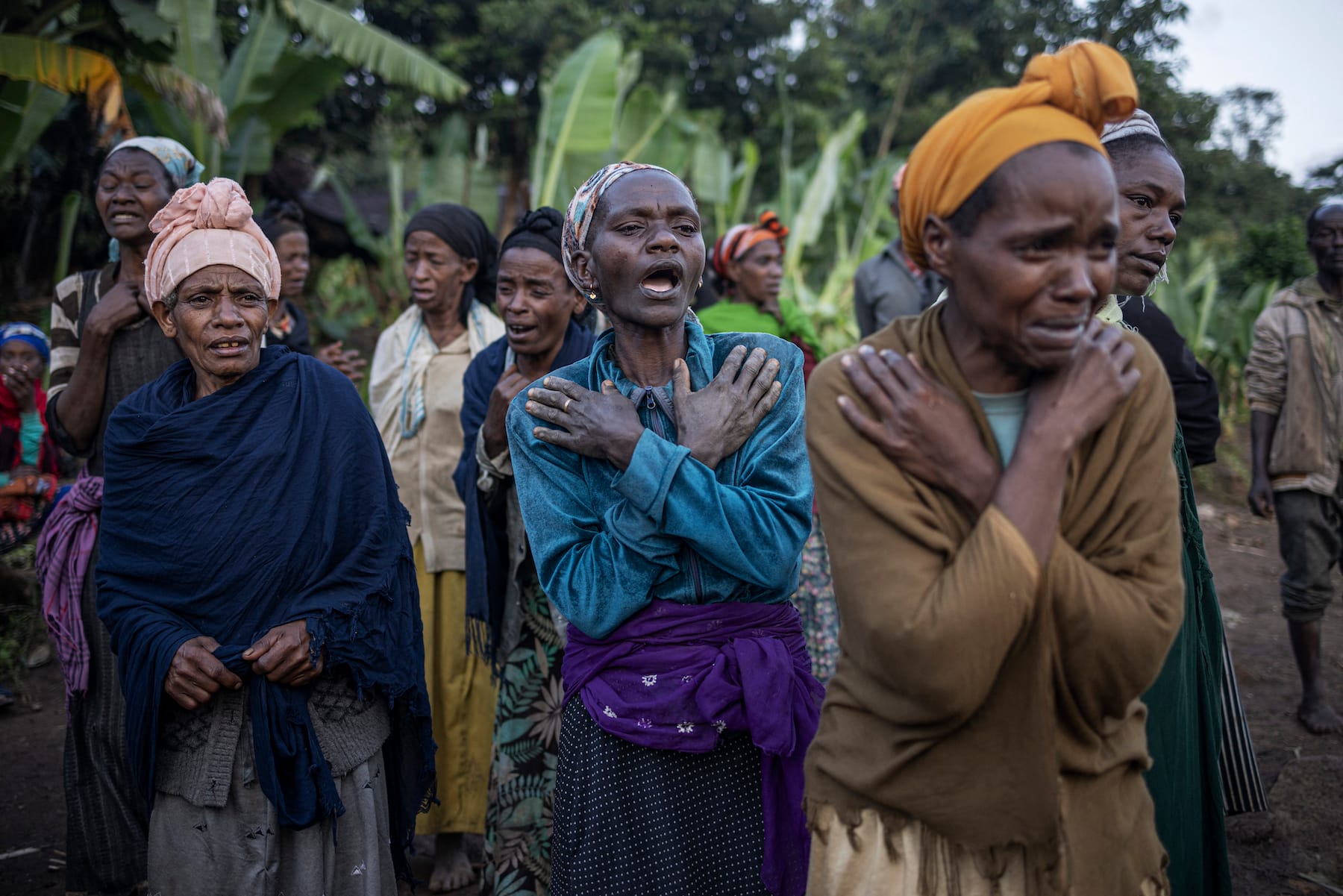
A graphic image showed a group of men gathered around a large, mud-filled pit where human remains were visible.
Villagers struggled to move the dead on makeshift stretchers, while women wept in a nearby tent as they watched the bodies being prepared for burial.

"We have recovered 12 bodies but haven't been able to find my sister's body," Solomon Tsoma, who lost 13 family members in the landslide, told AFP.
“I was swallowed by a mudslide along with many people, including my children,” Tseganesh Obole, a survivor with six children told AFP.
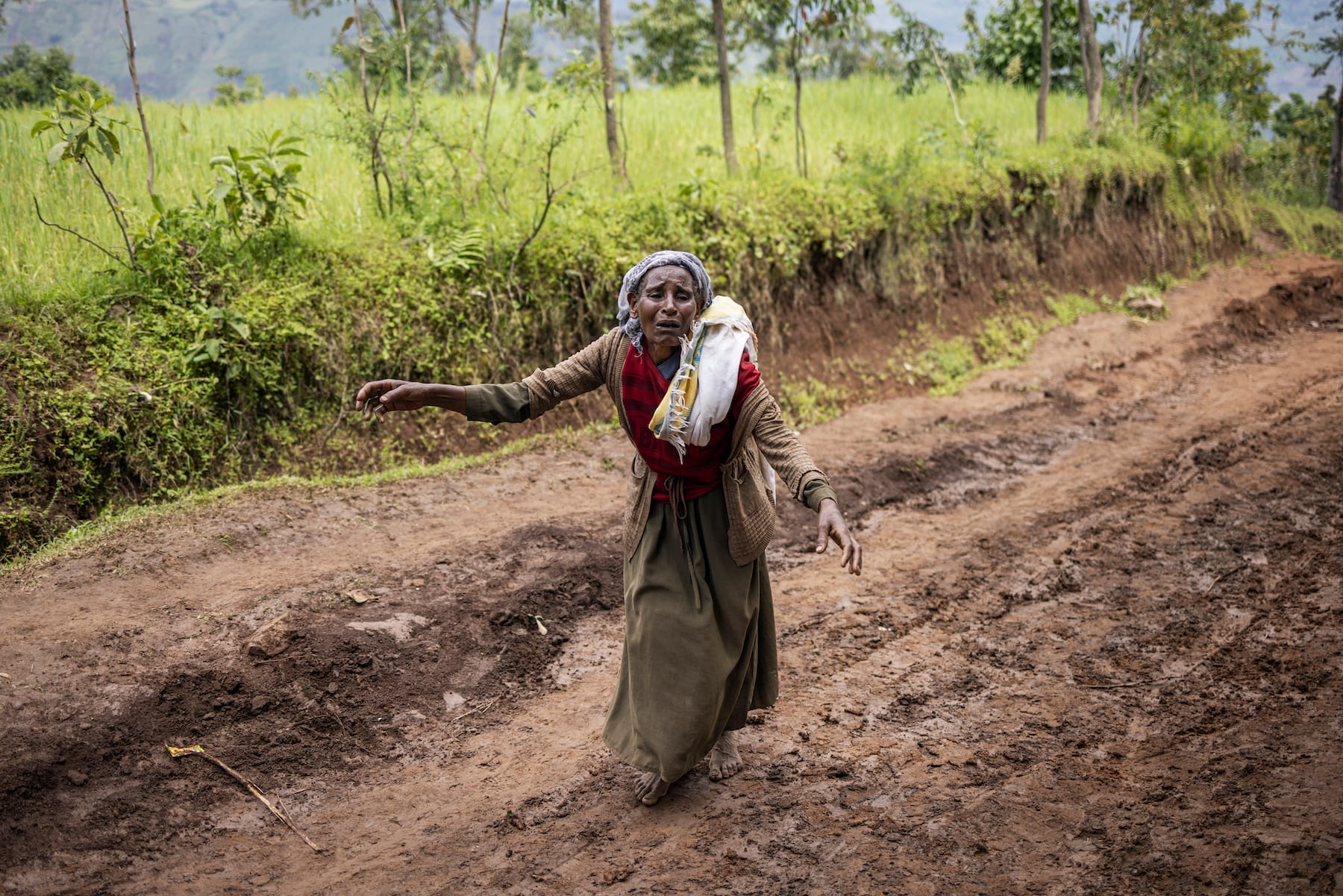
Rescue and search operations are ongoing, with locals and volunteers working frantically to find survivors under the debris.
The Ethiopian government has dispatched emergency response teams and is collaborating with regional authorities to finalize evacuation plans, according to the UN
Relief efforts have begun reaching the remote area, with four trucks of supplies dispatched by the Ethiopian Red Cross Society and essential food and items provided by UN agencies.
The landslide occurred on a slope that is "prone to disasters," a regional official told AFP on Wednesday, July 24. He added that authorities had already begun planting trees to conserve the area when the landslides struck.

Ethiopia had already experienced significant damage from short seasonal rains between April and May, leading to extensive flooding and large numbers of people being forced from their homes.
Ethiopia is especially susceptible to droughts, floods and other climate-related disasters.
In 2016, a landslide caused by heavy rainfall in Wolaita, southern Ethiopia, killed 41 people.
In November 2023, intense rainfall in the southern and eastern regions resulted in several deaths and displaced hundreds of thousands.

Over 21 million people in Ethiopia, or roughly 18% of the population, depend on humanitarian assistance due to the impacts of conflict, flooding, drought, and other natural disasters.
You Might Also Be Interested In


